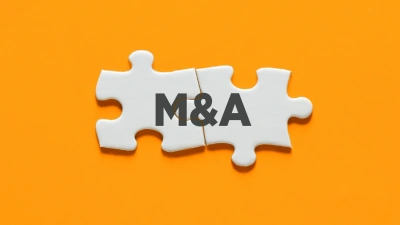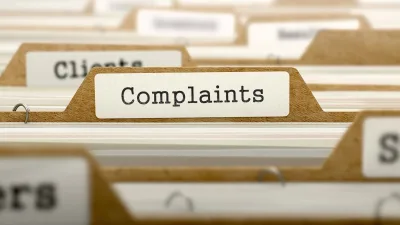How much is ASIC’s 2023–24 industry levy?



ASIC has confirmed the industry funding levy for the 2023–24 financial year and how much licensees can expect to pay.
According to its annual Cost Recovery Implementation Statement (CRIS), ASIC said the estimated cost for licensees that provide personal advice to retail clients on relevant financial product will be $48.39 million.
The estimated levy will be a minimum levy of $1,500 plus $2,878 per adviser.
This is up from only slightly from $2,818 per adviser for the 2022–23 financial year, after last year’s figure was reduced from $3,217 following industry backlash.
The levy had been temporarily frozen for two years in 2020 and 2021 in light of the COVID-19 pandemic at $1,142.
For licensees that provide general advice only, this year’s estimated levy is $2,721 with an estimated cost recovery amount of $2.98 million.
Estimated levy for the financial advice sector
| Subsector | Estimated cost | Estimated levy |
| Licensees that provide personal advice to retail clients on relevant financial products | $48.394m | Minimum levy of $1,500, plus $2,878 per adviser |
| Licensees that provide personal advice to retail clients on products that are not relevant financial products | $0.269m | $483 |
| Licensees that provide general advice only | $2.985m | $2,721 |
| Licensees that provide personal advice to wholesale clients only | $1.884m | $976 |
Source: ASIC, July 2024
The levy metric is based on the number of relevant providers (within the meaning of s910A of the Corporations Act) on the Financial Advisers Register (FAR). A licensee will only pay the levy in proportion to the number of days in the financial year that they held the relevant AFS licence authorisation.
A finalised levy sum will be released in December 2024, and invoices will be sent out to affected firms between January and March 2025.
There had previously been concerns about how much this year’s levy would be affected by the matters of Dixon Advisory which has had a big impact on the levy for the Compensation Scheme of Last Resort (CSLR).
Speaking at a roundtable, Financial Advice Association Australia (FAAA) general manager for policy, advocacy and standards Phil Anderson, said: “There have been questions asked of ASIC as to how much it will impact the levy.”
ASIC is currently undertaking action against a former Dixon director Paul Ryan for alleged breaches of director’s duties regarding his actions in the lead-up to the insolvency, which are alleged to have disadvantaged creditors. However, the action is a corporate matter, Anderson said, rather than one affecting advisers.
Recommended for you
While M&A has ramped up nationwide, three advice heads have explored Western Australia’s emergence as a region of interest among medium-sized firms vying for growth opportunities in an increasingly competitive market.
The Australian Financial Complaints Authority has reported an 18 per cent increase in investment and advice complaints received in the financial year 2025, rebounding from the previous year’s 26 per cent dip.
EY has broken down which uses of artificial intelligence are presenting the most benefits for wealth managers as well as whether it will impact employee headcounts.
Advice licensee Sequoia Financial Group has promoted Sophie Chen as an executive director, following her work on the firm’s Asia Pacific strategy.













So.......$4,378 ASIC Industry Funding Levy PLUS ASIC Compensation Scheme of Last Resort approx. $4,800 = $9,178 to be taken from each and every Adviser. Then you add in PI Insurance, Licencee Fee, Software charges and you see little change out of $30K p.a. for each and every Adviser.......and that is before office expenses, staff, etc......and yet Advisers are expected to reduce their fees to make advice more affordable for consumers??? Consumers are not an Advisers concern. Loyal commercially viable fee paying clients are an Advisers concern.
Disgusting that the remaining honest and ethical advisers are still paying a premium for those long gone salespeople of the past. It also means that their clients are also paying the levy, as the cost has to be passed through.